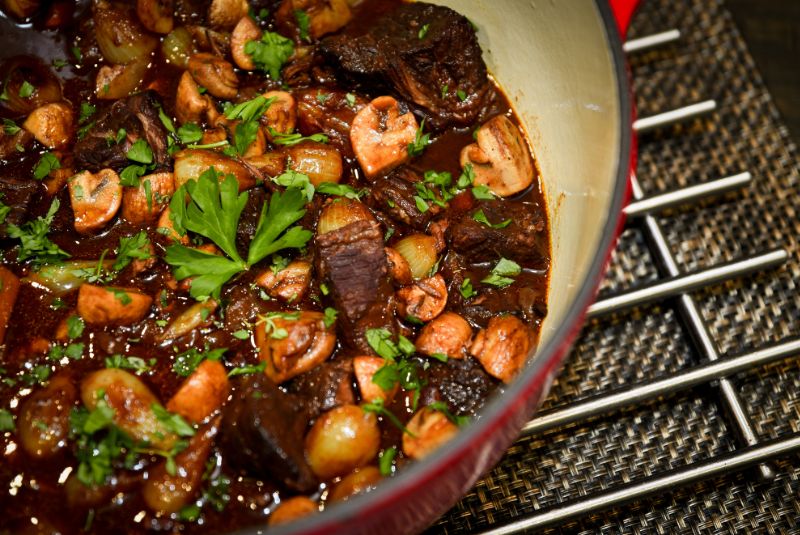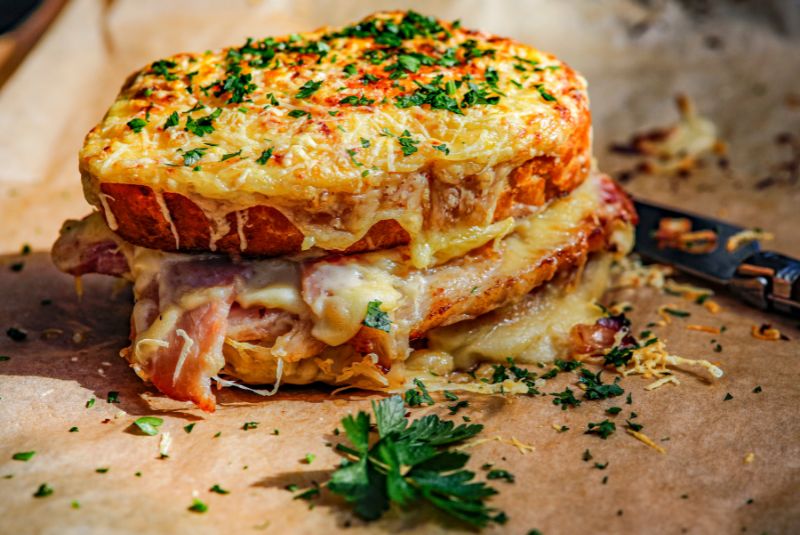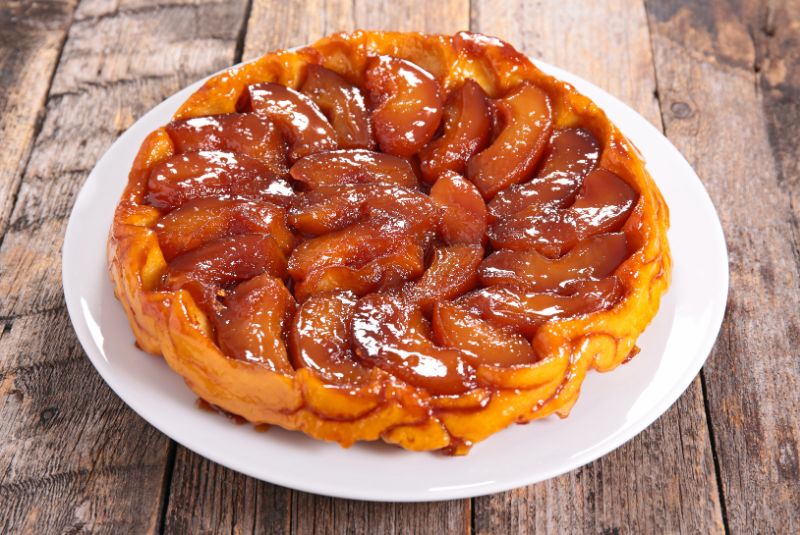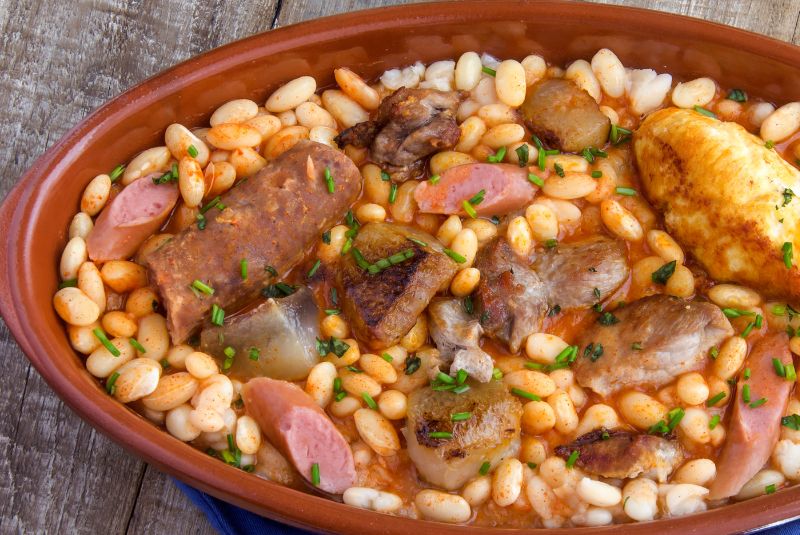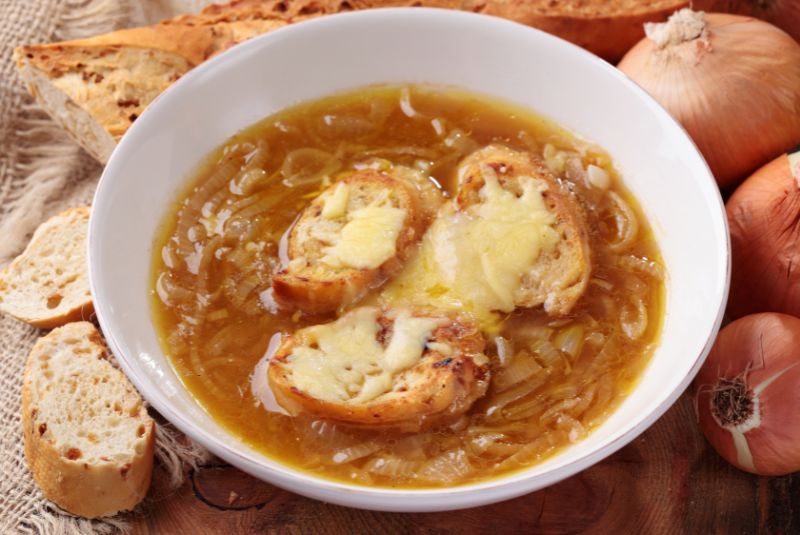French cuisine, renowned worldwide for its finesse and flavor, stands as a pillar of culinary excellence. Its influence stretches far beyond the borders of France, permeating kitchens and restaurants across the globe. French food is synonymous with sophistication, artful presentation, and a deep appreciation for high-quality ingredients. From rustic countryside meals to the haute cuisine of Michelin-starred restaurants, French culinary traditions encompass various styles and flavors. In this blog post, PTBusrental will delve into the rich history of French food, explore regional specialties, highlight classic dishes, and discuss the modern trends shaping the future of French cuisine.
History of French Cuisine
French cuisine boasts a rich history that dates back to the medieval period. Early influences from neighboring countries and the use of local ingredients shaped the foundations of French culinary traditions. The Middle Ages saw the introduction of spices and new cooking techniques, greatly enhancing dishes’ flavor profiles.
During the Renaissance, French cuisine began to gain its reputation for refinement. The influence of Italian cuisine, brought by Catherine de’ Medici, introduced new ingredients and elaborate presentation styles. The French royal courts, especially during the reign of Louis XIV, played a significant role in elevating French cuisine to new heights. The king’s court employed master chefs who developed intricate dishes and elaborate banquets, setting high standards for culinary excellence.
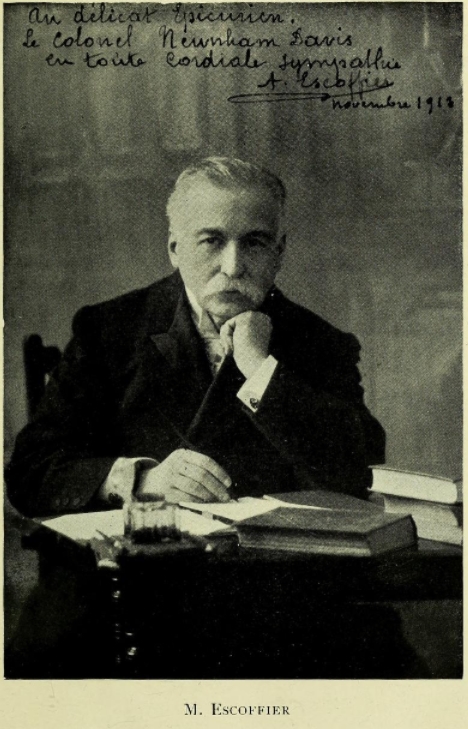
Image source: Wikipedia
The 19th century marked the advent of modern French cuisine, with chefs like Auguste Escoffier standardizing cooking techniques and recipes. Escoffier’s contributions, including developing the brigade system in professional kitchens, solidified France’s status as a culinary leader. Today, French cuisine continues to evolve, blending traditional practices with contemporary innovations.
Regional Specialties
France’s diverse geography and cultural heritage have given rise to a variety of regional cuisines, each with its own unique flavors and specialties.
Northern France: Normandy and Brittany
Dairy products such as butter, cream, and cheese in Normandy are staples. Dishes like Moules Marinières (mussels cooked in white wine) and Tarte Tatin (upside-down apple tart) are iconic. Brittany, known for its seafood, offers delicacies like Breton galettes (buckwheat crepes) and Kouign-Amann, a rich, buttery pastry.
Central France: Burgundy and Loire Valley
Burgundy is famed for its wines and hearty dishes. Beef Bourguignon, a slow-cooked beef stew in red wine, and Coq au Vin, chicken braised in wine, are classic examples. The Loire Valley, often referred to as the “Garden of France,” is renowned for its fresh produce, goat cheese, and wines. Dishes like Rillettes (a type of pâté) and Tarte Tatin are popular here.
Southern France: Provence and Languedoc
Provençal cuisine is characterized by its use of herbs, olive oil, and fresh vegetables. Ratatouille, a vegetable stew, and Bouillabaisse, a fish stew, are quintessential dishes. Languedoc, with its Mediterranean influences, offers hearty meals such as Cassoulet, a slow-cooked casserole of beans and meats.
Eastern France: Alsace and Lorraine
Alsace, bordering Germany, blends French and German culinary traditions. Choucroute Garnie (sauerkraut with sausages and meats) and Flammekueche (a thin-crust pizza-like tart) are local favorites. Lorraine is famous for Quiche Lorraine, a savory pie filled with cream, eggs, and bacon.
Western France: Bordeaux and Aquitaine
Bordeaux, synonymous with wine, also boasts rich culinary traditions. Entrecôte à la Bordelaise (steak with red wine sauce) and Canelés (small pastries flavored with rum and vanilla) are notable dishes. Aquitaine, with its access to the Atlantic, features seafood prominently, including dishes like Sole Meunière (sole fish cooked in butter).
Top 10 French Dishes
French cuisine is renowned for its variety and sophistication. Here are the top 10 French dishes that you must try, each with a deeper dive into their origins, ingredients, preparation, and cultural significance.
1. Bouillabaisse
Bouillabaisse originated in Marseille, a bustling port city on the Mediterranean coast. The dish was initially a simple fisherman’s stew made from the day’s unsellable catch. Over time, it evolved into a refined and celebrated dish in Provençal cuisine.
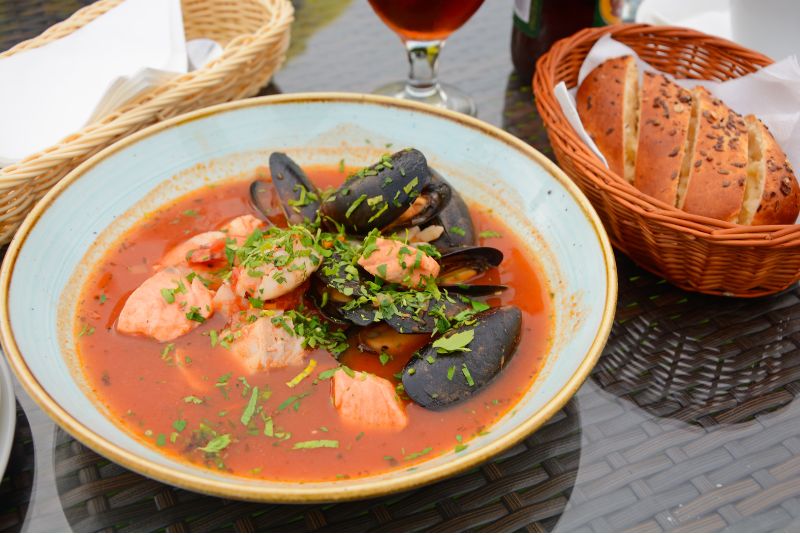
Bouillabaisse evolved into a refined and celebrated dish in Provençal cuisine.
Ingredients: Bouillabaisse typically includes a variety of Mediterranean fish (such as scorpionfish, sea robin, and European conger), shellfish, tomatoes, onions, garlic, fennel, saffron, and herbs. The dish is traditionally served with rouille, garlic, and saffron mayonnaise spread on toasted bread.
Preparation: The fish and shellfish are simmered in a flavorful broth with vegetables and spices. The key to an authentic bouillabaisse is to cook the fish in stages to ensure each type of fish retains its unique texture and flavor.
Cultural Significance: Bouillabaisse is more than just a dish; it symbolizes Marseille’s maritime heritage. The recipe varies slightly from family to family, reflecting personal and regional touches. It is a dish that brings people together and is often enjoyed during festive occasions.
2. Ratatouille
Ratatouille hails from the Provence region, specifically from Nice. The dish’s name derives from the French words “rata,” meaning chunky stew, and “tiller,” meaning to stir up.
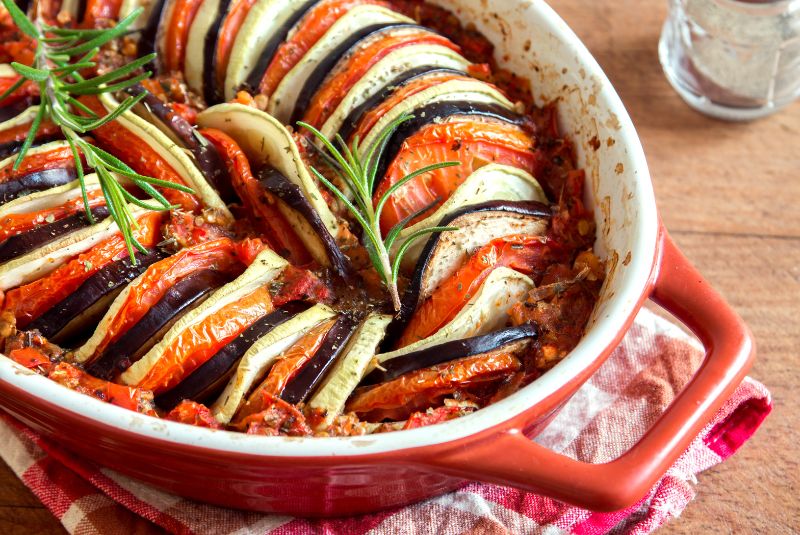
Ratatouille hails from the Provence region, specifically from Nice.
Ingredients: The main ingredients include tomatoes, zucchini, eggplant, bell peppers, onions, garlic, and a mix of fresh herbs like thyme, basil, and bay leaves. Each vegetable is prepared separately before being combined.
Preparation: The vegetables are typically sautéed separately in olive oil to retain their distinct flavors and textures. They are then layered or mixed together and slow-cooked until tender. Some recipes call for baking the assembled vegetables.
Cultural Significance: Ratatouille embodies the essence of Provençal cooking, emphasizing fresh, seasonal vegetables and simple preparation. It became internationally famous with the release of the animated film “Ratatouille,” which celebrates French culinary artistry.


